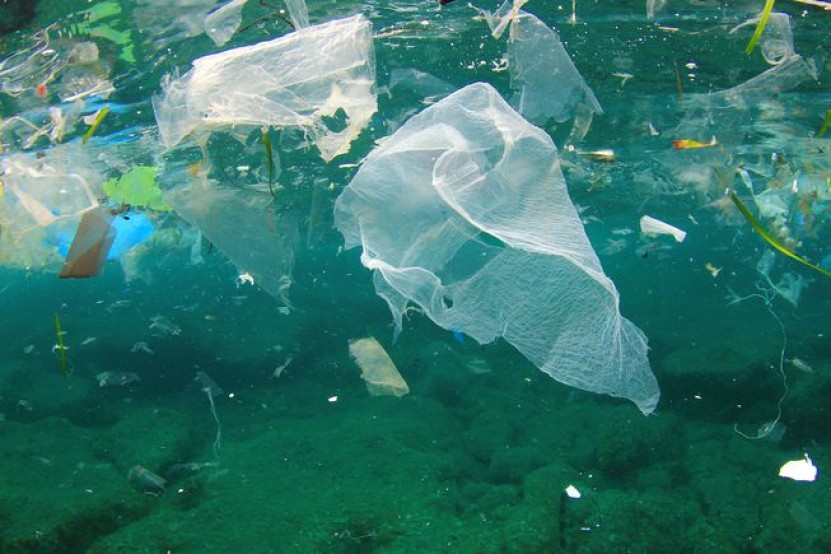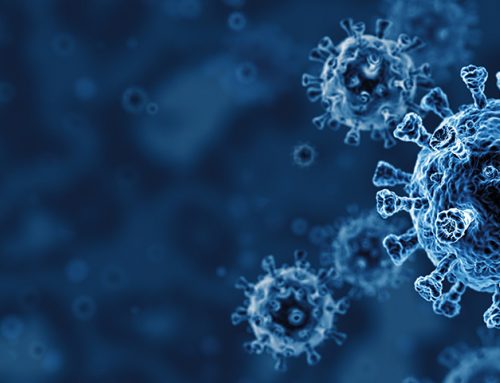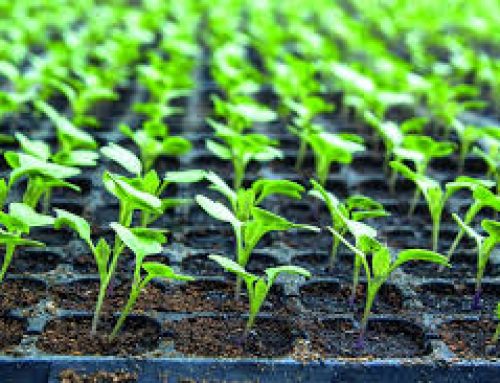Plastic plastic everywhere, causing havoc and destruction wherever it goes. Plastic is a material consisting of any of a wide range of synthetic or semi-synthetic organic compounds that are malleable and so can be moulded into solid objects. The development of plastics has evolved from the use of natural plastic materials (e.g., chewing gum, shellac), as far back as 1600 BC when Mesoamericans used natural rubber for balls, bands, and figurines. This was followed by the use of chemically modified, natural materials (e.g., natural rubber, nitrocellulose, collagen, galalite) and finally to completely synthetic molecules (e.g., bakelite, epoxy, polyvinyl chloride). Early plastics were bio-derived materials such as egg and blood proteins, which are organic polymers.
Plastic has become so widespread, used in multiple applications from medical to auto, farming to food that we give it little thought. It has become so common place that we give it little thought, from how its produced to how its disposed of. Therein lies the problem. We give little thought to the destruction that this material has, continues to and will continue to do to our environment. The pollution it has caused is immeasurable and almost beyond comprehension. Such is the complete pervasion of our lives it can be found in our drinking water and food.
Individually we can and must take responsibility for what we do to our environment and what world we will leave to the generations to come.
Ways to reduce plastic waste
1. Bring your own shopping bag
The usefulness of these thin and easily ripped bags is extremely limited, yet according to one estimate, somewhere between five billion and one trillion plastic bags are used each year around the world. Although free to shoppers, these bags have a high environmental cost and are one of the most ubiquitous forms of garbage. Bringing your own plastic bag is common but good environmental advice, such good advice that some governments implemented policies to encourage more people to do it. Disposable shopping bags have been banned in a number of cities, like San Francisco and Washington, D.C.
In addition to bigger carryall bags, you can further reduce waste by bringing your own reusable produce bags or skipping them entirely.
2. Stop buying bottled water
Unless there’s some kind of contamination crisis, plastic water bottles are an easy target for reducing waste. Instead, keep a refillable bottle handy.
3. Bring your own thermos to the coffee shop
Speaking of refillable, bringing your own thermos for to-go coffee is another way to reduce your plastic footprint. Disposable coffee cups might look like paper but they’re usually lined with polyethylene, a type of plastic resin. In theory these materials can be recycled, but most places lack the infrastructure to do so. Then there are lids, stirrers, and coffee vendors that still use polystyrene foam cups—which can all be avoided with your own mug.
4. Choose cardboard over plastic bottles and bags
Generally speaking, it’s easier to recycle cardboard than plastic, plus paper products tend to biodegrade more easily without adding a lot of weight to the product the way glass or aluminum can. So, when you have the choice, pick pasta in the box instead of pasta in a bag, or detergent in the box instead of the bottle. Even better would be to check for companies that source their cardboard sustainably or have a strong stance on deforestation.
5. Say no to straws
Whether for home use or when you’re ordering a drink at a bar or restaurant, plastic straws are often a single-use item that’s just not necessary.
6. Get the plastic off your face
Much of the plastic that’s polluting the oceans is microplastics, tiny chunks that are next to impossible to filter out. These plastics can come from bigger items breaking down, but they are also commonly added to consumer products like face wash and toothpaste. These little beads are intended to be exfoliators, but many wastewater treatment facilities aren’t able to stop them. There are many biodegradable alternatives, so avoid items with “polypropylene” or “polyethylene” on the ingredients list or consider making your own.
7. Skip the disposable razor
Instead of tossing a plastic razor in the trash every month, consider switching to a razor that lets your replace just the blade or even a straight razor.
8. Switch from disposable diapers to cloth
If you’ve got a young baby, you know how many diapers can end up in the trash each day. TreeHugger writers are pretty big fans of the the reusable cloth option, read Michael Graham Richard’s experience with them as a new dad and Katherine Martinko’s recommended brands.
9. Re-think your food storage
Plastic baggies, plastic wrap, and plastic storage containers are worth re-evaluating. Instead of sandwich baggies, why not pack a bento box or a cute tiffin (shown at the top of this post) for lunch? Instead of throwing away plastic zipper bags or wrapping things in Saran wrap, why not use jars or glass containers in the fridge? When it comes to carryout, these types of containers be used instead of disposable ones—although it can definitely take a bit of courage and some explaining to help your local restaurants to understand.
10. Shop in bulk
For many households, the majority of plastic waste is generated in the kitchen. So one of the best ways to reduce the packaging waste madness is to bring your own bags and containers and stock up on bulk foods. Shopping with jars is a great option, and keep your eye out for brands with refilling stations, like Ariston oils and Common Good cleaners.






